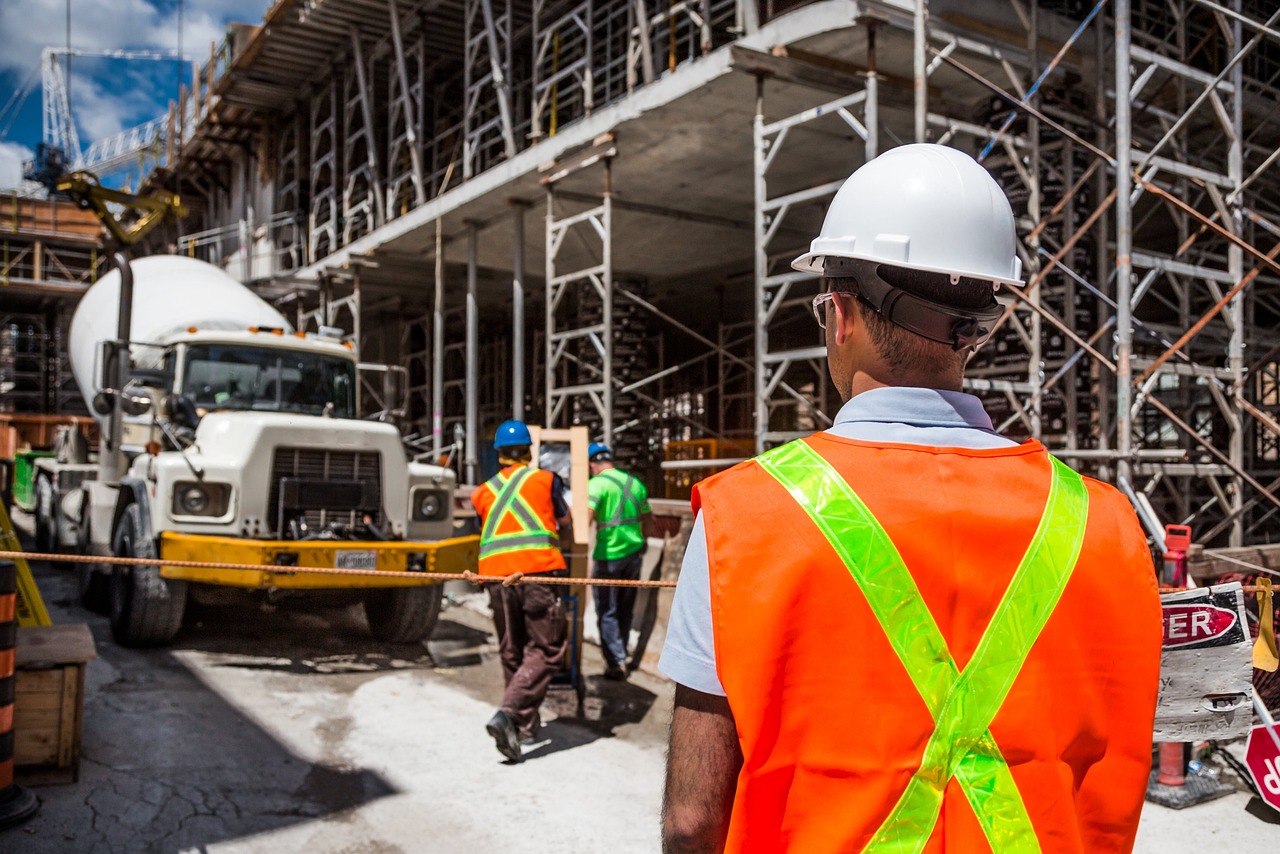Have you ever had a project stall because materials ran out? Or ended up with extra supplies that wasted money and space? Wrong material estimates can cause big delays and budget problems in construction.
That’s where Quantity Takeoff helps. It calculates material needs from blueprints so contractors can stay on budget, reduce waste, and keep projects on track. Whether you’re a contractor, estimator, or project manager, understanding QTO ensures better cost planning and smoother execution.
In this guide, we will explain QTO, why it matters, its types, its process, and how it differs from Material Takeoff in simple terms.
What Is Quantity Takeoff?
A quantity takeoff is the process of measuring and listing the materials needed for a construction project based on drawings and plans. These materials are then recorded in a Bill of Quantities.
In practice, construction takeoff helps estimators predict project costs by reviewing architectural, structural, electrical, and plumbing plans. This step is essential for accurate budgeting and cost control.
Key Aspects of Quantity Takeoff:
- Quantity takeoff measures all project components, including materials, labor, and equipment, to ensure accurate cost estimation and resource planning.
- It is based on construction drawings and project specifications.
- It is an essential step in cost estimation and procurement planning.
Why Is Quantity Takeoff Important?
Quantity takeoff is a key step in construction because it helps with:
- Accurate Budgeting: Knowing the exact material quantities helps project managers create better budgets and avoid overspending. Studies show that poor estimates cause 20-30% of project cost overruns.
- Reducing Waste: Ordering too much material leads to waste, while ordering too little causes delays. Accurate takeoffs help prevent both problems. Construction waste adds up to 600 million tons per year, and better estimating can cut down on this waste.
- Better Planning and Scheduling: With correct material estimates, contractors can order supplies on time, preventing delays caused by shortages. Studies show that late material deliveries cause 35% of project delays.
- Winning Bids: Contractors need accurate takeoffs to submit competitive bids. Errors in estimating often lead to losing contracts—research shows 75% of unsuccessful bids are due to inaccurate estimates.
- Smoother Project Execution: A clear material list helps teams plan work efficiently, keeping projects on track and within budget.
Different Types of Quantity Takeoff
Quantity takeoffs can be classified based on methods and project stages:
Manual Takeoffs
Manual takeoffs involve estimating material quantities by hand using construction drawings and documents. The estimator measures and records the required materials without using specialized software. While this method relies on experience and attention to detail, it can be time-consuming and prone to errors.
Pros and Cons of Manual Takeoffs
| Pros | Cons |
| Uses expert knowledge for precise insights. | Time-consuming and labor-intensive. |
| It can serve as a verification method for digital takeoffs. | Higher risk of human errors. |
| No need for costly software or tools. | Requires strong skills in blueprint reading and calculations. |
Digital Takeoffs
Digital takeoffs use software to automate material measurements from project drawings. This method improves efficiency and accuracy by extracting data directly from digital files. While it speeds up the process, it requires proper training and software investment.
Pros and Cons of Digital Takeoffs
| Pros | Cons |
| Faster and more efficient than manual methods. | Requires investment in software and tools. |
| Reduces human errors by extracting data directly from drawings. | Needs training to operate effectively. |
| Saves time and labor costs, allowing for better project planning. | Relies on the availability of digital project files. |
Quantity Takeoff vs. Material Takeoff: Key Differences
Many people confuse quantity takeoff with material takeoff, but they serve different purposes.
| Feature | Quantity Takeoff (QTO) | Material Takeoff (MTO) |
| Scope | Measures all project components, including materials, labor, and equipment needs. | Focuses only on material quantities. |
| Purpose | Used for project budgeting, procurement, and bidding. | Helps in material procurement and ordering. |
| Level of Detail | Includes waste factors, labor productivity, and scheduling considerations. | Excludes labor, equipment, and project scheduling details. |
Who Handles Quantity Takeoff in Construction?
Several professionals are involved in performing quantity takeoff, each playing a unique role:
1. Estimators
- Responsible for calculating material quantities and costs.
- Use software tools for accuracy and efficiency.
2. Contractors and Subcontractors
- Use takeoff reports to estimate costs and submit bids.
- Ensure they have enough materials for project execution.
3. Project Managers and Engineers
- Review takeoff data to ensure accuracy in procurement and scheduling.
4. Quantity Surveyors
- Provide detailed material breakdowns to support financial planning.
Step-by-Step Guide to Performing a Quantity Takeoff (With Example)
Performing a quantity takeoff requires a structured approach. Let’s go through a step-by-step guide with an example:
Step 1: Review Construction Drawings
- Obtain architectural, structural, and MEP (Mechanical, Electrical, and Plumbing) plans.
- Identify sections relevant to the takeoff.
Step 2: Identify and List Materials
- Categorize materials such as concrete, steel, wood, flooring, etc.
- Check specifications for material types and grades.
Step 3: Measure and Quantify Materials
- Use appropriate measurement units (square feet, cubic yards, linear feet).
- Calculate the required amounts based on project dimensions.
Step 4: Use Takeoff Software (If Applicable)
- Digital tools speed up the process and reduce manual errors.
Step 5: Verify and Cross-Check Calculations
- Double-check measurements to prevent miscalculations.
How Accurate Takeoffs Help Construction Projects
Good quantity takeoffs lead to better project management and cost control. They offer several benefits, such as:
- Less Waste: Knowing the exact materials needed prevents overordering and saves money.
- Stay On Schedule: Missing supplies cause delays. Accurate lists ensure materials arrive on time, so work never stops.
- Fewer Mistakes: Accurate calculations help avoid costly errors and reduce the need for rework.
- Better Teamwork: Clear takeoff data helps everyone stay on the same page, improving communication.
- Cost Control: Tracking material and labor costs ensures better budget management and helps handle unexpected expenses.
- Good Record-Keeping: A detailed takeoff serves as a reference throughout the project, helping with progress tracking and future planning.
What Is and Isn’t Included in a Quantity Takeoff
| Category | Included | Not Included |
| Materials | Concrete, steel, wood, flooring, plumbing fixtures | Labor costs, equipment, and machinery costs |
| Measurement Units | Cubic yards, square feet, pounds, etc. | Indirect costs (permits, insurance, overhead) |
| Breakdown by Section | Foundation, walls, roofing, flooring, etc. | Contingency funds and unforeseen expenses |
| Waste Considerations | Extra material for cutting and errors | Market price fluctuations of materials |
Why Hire a Takeoff Pro?
If you’re short on time or need perfect accuracy, hire a professional. These experts specialize in material estimates. They know how to spot mistakes and double-check every detail. Their work helps you bid confidently, avoid waste, and keep projects on track.
FAQs
How is a quantity takeoff different from a cost estimate?
A quantity takeoff provides material quantities, while a cost estimate assigns prices to those materials, along with labor and overhead costs.
Can I perform a quantity takeoff manually?
Yes, but manual takeoffs are time-consuming and prone to errors. Digital tools improve accuracy and efficiency.
Does quantity takeoff include labor costs?
Yes, quantity takeoff only focuses on material quantities. Labor costs are calculated separately in the cost estimation process.
Can small projects benefit from QTO?
Absolutely, accurate quantity takeoffs are beneficial regardless of project size.
What software is commonly used for QTO?
Tools like PlanSwift, Bluebeam, and Autodesk Takeoff are popular choice.
Conclusion
A quantity takeoff is the backbone of a successful construction project. It keeps budgets on track, prevents waste, and ensures everyone works from the same plan. Whether you use manual methods or digital tools, a systematic approach saves time and money.
At Prime Estimation, we provide accurate and detailed quantity takeoff services to help you manage your projects with confidence. Contact us today for reliable estimates!











